#South Indian
Text
There's a cosy game being made called Venba about a south Indian couple moving to Canada.
And a way Venba cope with the new environment and missing home is cooking south Indian dishes.
Dishes she finds in her mother's cookbook, and just 🥺it sounds so wholesome and sweet.
The fact these recipes are real too like sweet.
533 notes
·
View notes
Text
I love how in tamil, no one really says bye. Instead, we say 'poitu varen', which means I'll go now and come back later. Even other variations of goodbye all have the same meaning in tamil, which I'll go but come back. It makes me quite happy.
271 notes
·
View notes
Text
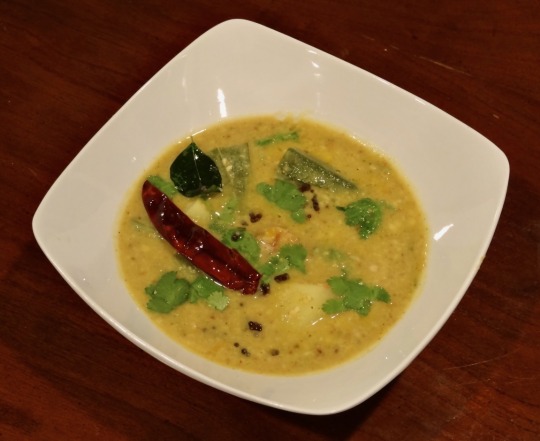
[ID: A bowl of a bright yellow stew topped with cilantro, mustard seed, chili, and curry leaf. End ID]
ಉಡುಪಿ ಸಾಂಬಾರ್ / Udupi sambar
A sambar is a lentil-and-vegetable stew distinguished by the use of a particular spice blend (Hindi: सांबर मसाला "sāmbār masālā," "sambar spice"; Kannada: ಸಾಂಬಾರ್ ಪುಡಿ "sāmbār puḍi," "sambar powder"). Sambars are a staple of South Indian and Sri Lankan cooking, sometimes made in households for multiple meals a week. The word "sambar" can be traced back to the Sanskrit सम्भार "sambhārá," "collection of things required for a particular purpose”; “spices."
The lentil used in sambar dishes is usually tur dal (split pigeon peas), though arhar dal, tuvur dal, or even blends containing masur or mung dal may be used, depending on the cook or the region. Vegetables also vary between combinations of okra, potato, ash gourd (petha), bottle gourd (doodhi / lauki), drumstick (saijan ki phalli), beetroot, tomato, carrot, pumpkin, brinjal, and pearl onions, among others. The sambar masala fries chilis, curry leaves, dal, and various spices including cumin, coriander, and fenugreek, then grinds them into a spicy, earthy, fragrant blend.
This recipe makes a sambar in the style of ಉಡುಪಿ (Udupi) cuisine—a subdivision of the cuisine of the ತುಳುವ (Tuluva) people localised in the Udupi District of Karnataka, a southeastern coastal state of India. (Tuluva cuisine is also commonly found in Dakshina Kannada, Karnataka, and Kasaragod, Kerala). In the Udupi region, sambar may be known as "ಕೊಡೆಲ್" "kodhel"; perhaps related to "ಕಡಲೆ" "kadhale" "Bengal gram"; or "ಹುಲಿ" "huḷi"; "tartness." Udupi huli has coconut oil and jaggery as its primary distinguishing features: the jaggery's deep sweetness and the earthy pungency of unrefined coconut oil combine with the spice of the chilis and the sour fruitiness of the tamarind to create a complex, flavorful, well-balanced dish.
Udupi huli may be further divided into a few major types. ಮಸಾಲೆ ಹುಳಿ ("masāla huḷi") contains shredded coconut and vegetables; ಬೋಳು ಹುಳಿ ("bolu huḷi") contains vegetables, but omits the coconut.
Hotel-style masala huli recipes typically add a lot of jaggery to produce a distinct sweetness; cut back on the amount of coconut included; and contain onion and garlic. The other main type of masala huli—“temple style”—is sattvic (from Sanskrit "सत्त्व" "sattva": "goodness," "essence," "existence"), which in this context means that onions and garlic are excluded.
A sattvic diet in Hinduism centres around the concept of maintaining sattva by eating only pure and mild (sattvic) foods, and omitting tamasic (“dark,” "inert," "destructive"; from Sanskrit तमस् "tamas") and rajasic ("exciting," "passionate," from Sanskrit रजस् "rajas") ones. The concepts of sattva, tamas, and rajas (the गुण "guṇa" system) are central to the construction of caste: the degree to which each person innately inherits each quality supposedly determines their possession of characteristics including honesty, intelligence, and goodness (sattva), stupidity and lack of creativity (tamas), and passion and pridefulness (rajas); the possession of these characteristics in turn determines their rightful place in a professional and social hierarchy. The association of certain foods with certain qualities thus links diet to caste: a distinction in diet is one of the methods by which those belonging to upper castes maintain and police caste boundaries.
This recipe makes enough pudi for one pot of sambar. Traditionally, sambar pudi is created fresh each time the dish is made, but many households make large batches and store them. In this case, omit the coconut; or, use dried coconut and store the masala in the refrigerator.
Recipe under the cut!
Patreon | Paypal | Venmo
Ingredients:
Serves 4-6.
For the sambar:
2 cups chopped vegetables
1 red onion, sliced*
1 cup (200g) yellow split pigeon peas / tur dal / ತೂರ್ ದಾಲ್ (ಹಳದಿ ಸ್ಪ್ಲಿಟ್ ಪಾರಿವಾಳದ ಬಟಾಣಿ)
4 cups (1 litre) water, or as needed
1/4 tsp ground turmeric / haldi / ಅರಿಶಿನ
2 tsp table salt
2 tsp jaggery / gur / ಬೆಲ್ಲ*
1/4 cup (60mL) tamarind pulp (from 1 Tbsp dried tamarind / imlie / ಹುಣಸೆಹಣ್ಣು)
2 tsp unrefined coconut oil / nariyal ka tel / ತೆಂಗಿನ ಎಣ್ಣೆ
Ingredient list format is English / Hindi (Latin transcription) / Kannada. The Hindi is provided for convenience while shopping.
Udupi sambar usually uses any of: gourd, brinjal (Indian eggplant), pumpkin, dumstick (saijan ki phalli), and okra. Pearl onion is not usually used in this region, but you can add whatever you want, according to taste.
*For a hotel-style sambar, include the onion; increase the jaggery to 2 Tbsp.
For the spice paste / sambar masala / ಸಾಂಬಾರ್ ಪುಡಿ ("sambar pudi"):
1/2 Tbsp split Bengal gram / chana dal / ಹಳದಿ ಸ್ಪ್ಲಿಟ್ ಗ್ರಾಂ
2 tsp split black gram / urad dal chilka / ಸ್ಪ್ಲಿಟ್ ಬ್ಲ್ಯಾಕ್ ಗ್ರಾಂ
2 tsp coriander seeds / dhaniya / ಕೊತ್ತಂಬರಿ ಬೀಜದ
1/2 tsp fenugreek seeds / methi / ಮೆಂತ್ಯ
1 tsp cumin seeds / jeera / ಜೀರಿಗೆ
1 tsp ground turmeric
5-6 curry leaves / kari pati / ಕರಿಬೇವು
3-4 Byadagi or other dried red chilis / byadagi mirch / ಬ್ಯಾಡಗಿ ಮೆಣಸಿನಕಾಯಿ
4 cloves garlic, skins on*
Large pinch asafoetida / hing / ಇಂಗು
1 cup (100g) fresh coconut (about one coconut)*
1/2 cup (120mL) water
While the ratio of ingredients in Udupi sambar pudi vary slightly, the ingredients themselves are almost always consistent.
*For a hotel-style sambar, include the garlic, and decrease the coconut in the sambar masala to 1/4 or 1/2 cup (25-50g).
The grams and pulses in this pudi have many different names. You can find them in a halal or South Asian grocery store; look on the bag for the Hindi names (since they have been transcribed into Latin, the spelling may vary from what you see here).
The urad dal you find may be husked, and thus yellow instead of black; these will work just as well.
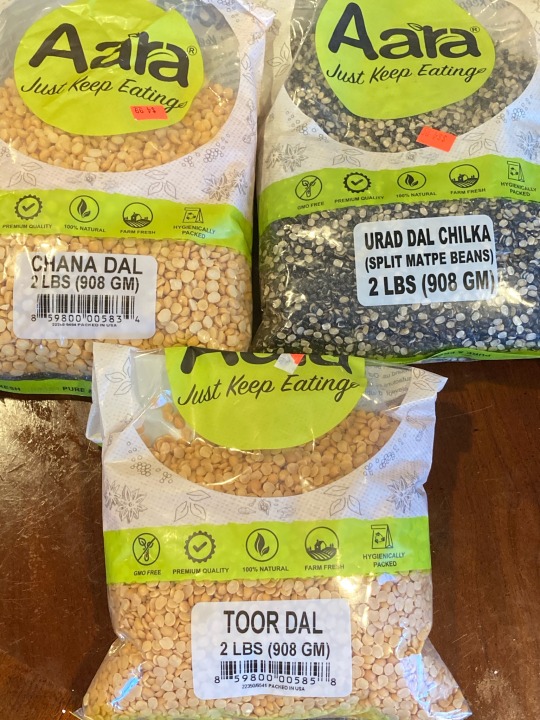
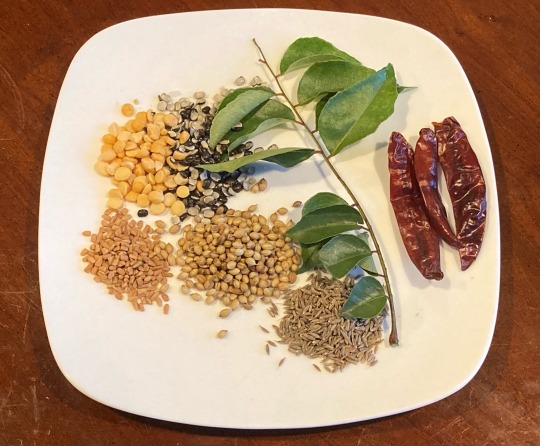
For the tempering / tadka / ಹದಗೊಳಿಸುವ:
2 Tbsp unrefined coconut oil
2 red chilis
8 curry leaves
1 tsp brown mustard seeds / rai / ಸಾಸಿವೆ ಬೀಜಗಳು
Recipes from north Karnataka may add cumin and whole, unpeeled garlic cloves to the tempering.
Instructions:
For the sambar pudi:
1. Break open the coconut and remove and shread its flesh.
If using a whole dried coconut, break into the shell with the wrong side of a hammer and pry open. Break into a few smaller pieces and peel with a vegetable peeler until the skin is removed from the white flesh, wearing something to protect your hand. Soak in warm water for several minutes to soften, and then grate or food process.

2. Heat 2 Tbsp of coconut oil in a skillet on medium-low. Add asafoetida and fry for 30 seconds, until no longer raw-smelling. Add dal and fry, stirring often, for 30 seconds until golden brown; add coriander, mustard, fenugreek, and cumin seeds and fry until fragrant.
3. Add curry leaves and fry until wilted, then add garlic and dried chilis and fry another 30 seconds to a minute, until fragrant.
4. Add coconut and fry, stirring often, for another few minutes until a shade darker. Add turmeric and stir.
5. Grind all ingredients into a paste in a mortar and pestle, then mix in about 1/2 cup water to loosen (if using dried coconut, you may need more water).
Or, put all ingredients along with 1/2 cup water into a blender or food processor and process until a relatively smooth paste forms.
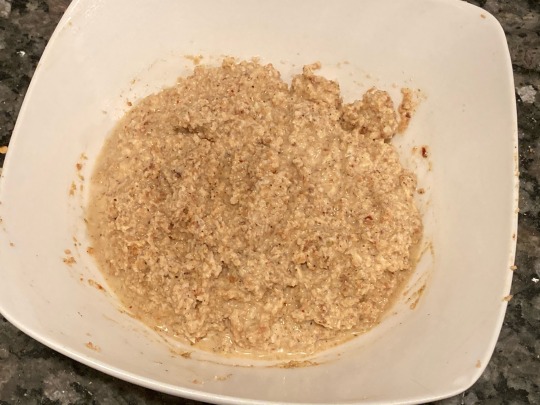
For the sambar:
1. Wash tur dal to remove excess starch. Simmer dal with 2 cups water, 1/4 tsp ground turmeric, and 1 tsp coconut oil for about 30 minutes until very tender. Mash until relatively smooth with a wooden spoon or bean masher, or process briefly with an immersion blender.
You may soak the dal in water after rinsing them to reduce the cooking time, but it is not necessary.
2. Meanwhile, make the tamarind paste. Soak 1 Tbsp tamarind dried pulp in 1/4 cup hot water for 20-30 minutes. Squeeze the tamarind into the water to extract the pulp. Discard the tamarind seeds and husk. Optionally, depending on your preferred texture, push the mixture through a metal sieve.
3. Prepare vegetables. Slice the onion; remove ends of okra and drumsticks and cut into 2-inch pieces; quarter tomatoes; quarter brinjal; peel pumpkin and cut into cubes; peel and cube potatoes.
4. If using onion, add a teaspoon of coconut oil to a large pot and fry until translucent.
5. In the same pot, boil vegetables in just enough water to cover, along with a pinch of salt, until they are beginning to soften.
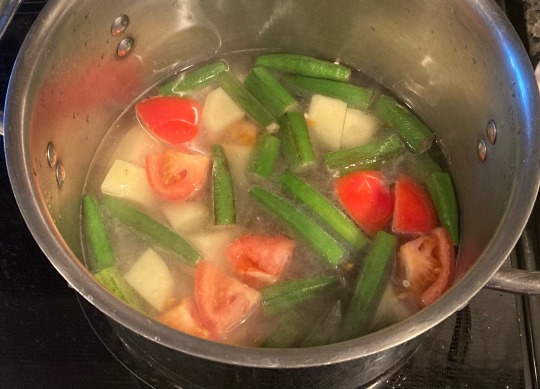
Some recipes call for the vegetables to be boiled, and others call for them to be steamed. I prefer boiling, since it produces a nice savory broth.
6. Mix vegetables, dal, tamarind, jaggery, sambar pudi, and salt to taste and simmer 5-10 minutes to allow flavors to combine and vegetables to cook under tender. Add water as needed. Remove from heat and stir in cilantro. Taste and adjust salt.
The final sambar should be pourable, like a thick soup—Karnataka sambar is typically thinner in consistency than Tamil Nadu versions.
For the tadka:
1. Heat coconut oil in a small skillet on medium heat. Add tempering ingredients and fry, stirring often, until chilis and curry leaves are a couple shades darker and the mixture is fragrant.
2. Pour the oil and tempering ingredients into the sambar and stir in. If you like, retain some of the tadka as a garnish to serve.
3. Serve warm, in individual bowls, alongside long-grain white rice. To eat drumsticks, scoop the center out and eat it; the tough outer rind is left.
If you intend to save some sambar, it's a good idea to make just enough tadka for what you plan to eat that day, and then make fresh tadka to pour over the reheated leftovers.
106 notes
·
View notes
Text
Me putting on bindi and keeping my hair open either makes me look cute and pretty or brings out my South Indian personality.
#whatsleftofdishaa#dishaa rants#desi tumblr#desi rr#desi shit posting#indian tumblr#desi rant#another day another shitpost#desi tales#just desi things#desiblr#south indian#desi girl#desi tag
57 notes
·
View notes
Text






7th of April 💕
#kollywood#jodhadreams#jodha dreams#bollywood#tamil#tollywood#south indian#sareestyle#sareeblogger#indianwoman#hindu woman#indian outfit#indian aesthetic#retro aesthetic#retro indian#retro inspired#retro fashion#retro look#indian vintage#vintage 90s#vibtagestyle
46 notes
·
View notes
Text

South indian garlic chilli chicken pizza 🍕
#food#pizza#curry#curry pizza#south indian#south indian garlic chilli#south indian garlic chilli chicken curry#south indian garlic chilli chicken#hot pizza#spicy#spicy food#scr4n#foodporn#hot food#food porn#chicken#meat#cheese#spicypizza#hotpizza#indian takeaway#takeaway#take out#junk food#unhealthy food#comfort food
104 notes
·
View notes
Text
My grandaunt died suddenly a few days ago. Most of you won't know who she is, but she's a famous singer in India and she taught me how to sing Carnatic music 😭😭😭I will miss her.
39 notes
·
View notes
Text

me rocking up to family functions knowing im the family disappointment 😌
56 notes
·
View notes
Text


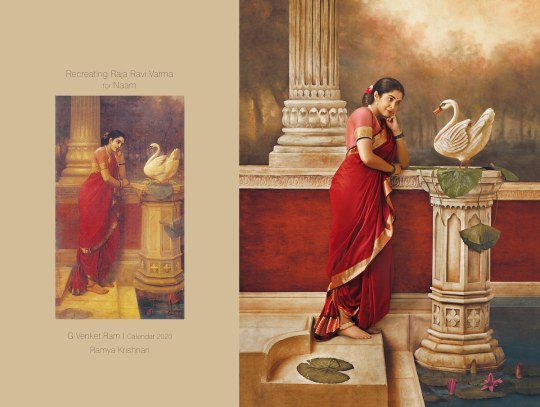
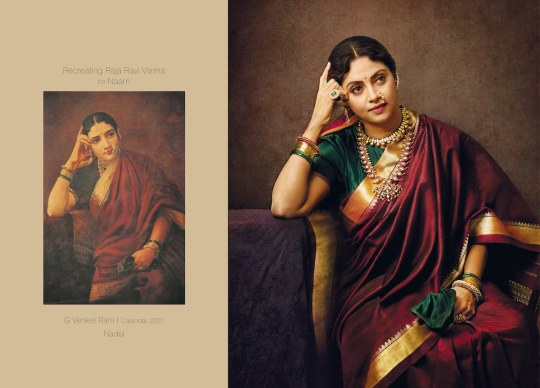
19th Century Paintings With South Indian Actors
758 notes
·
View notes
Text
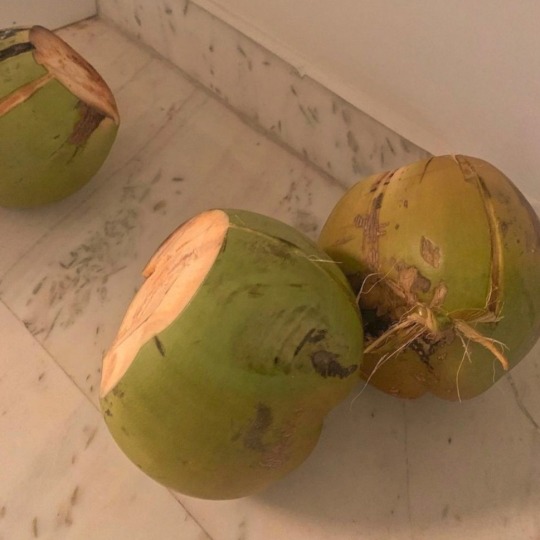
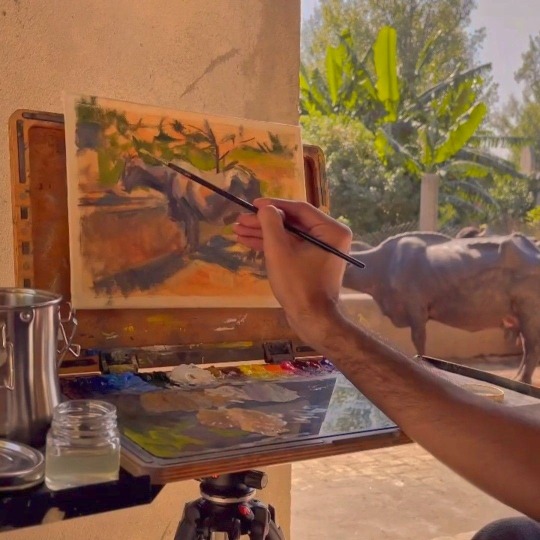


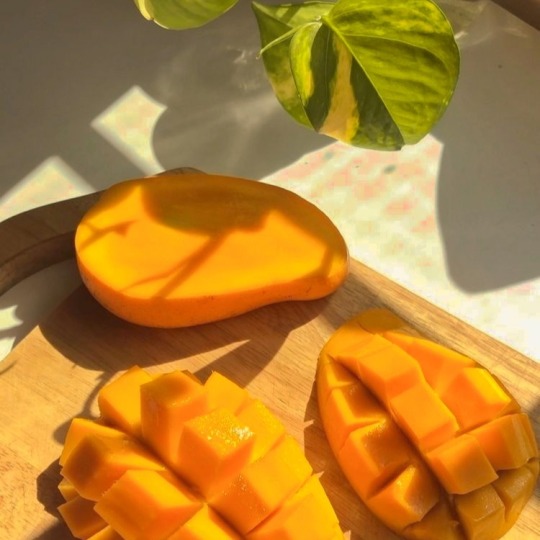
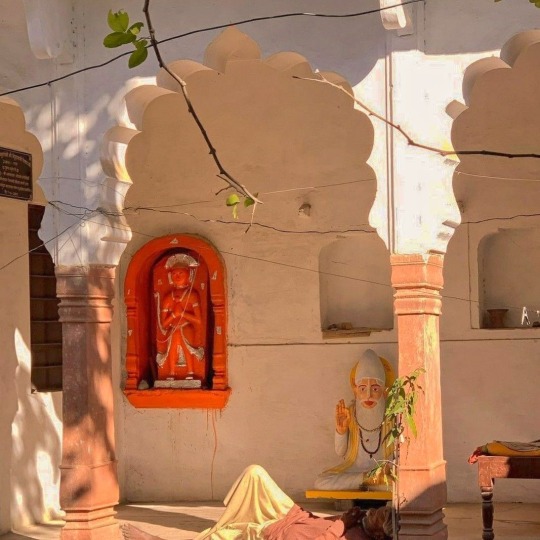

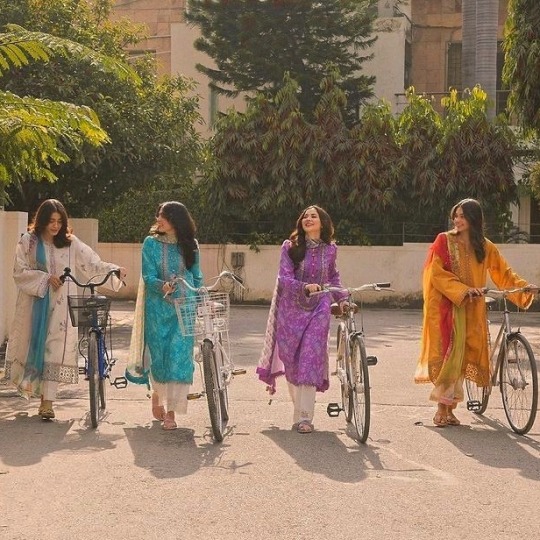

Pov: you are spending your summer in India
//she was a curious girl, a wanderer, who spent her summers chasing fluttering pieces of prose and eating mangoes.// - Michael Faudet
{pov's pt[1/¿]}
Some people who might like this one:@suvarnarekha @seekerbrave @psycho-mocha @kajukatliontop @wowyoufeelorphic @pitipossum @jugn00-fangirl @smr-the-tired-crackhead @metalvenomludens7 @cipher-dorito @bookishmuggleborn @bookishmuggleborn @tonicaballos @curious-fruitcake @shirodumbclownwolf @justalonelywriter @chaoticaindica @sr1nika @mrdyketator @adoginthemanger @shilabalika @ya-boi-leto @paadhee @silky-moon @rainbowsnowflake @pluvialhearts @one-happy-silent-geek-girl @hanisishus @inexhaustible-sources-of-magic @king-of-knives @aayatunnisa @stolenkissesinthe-rain @navaratna @evarukadu @vaanvaruvaan @lemon-ooruga @i-wanna-b-yours
#aesthetic#aesthetic moodboard#moodboard#dark academia#dark academia aesthetic#desi#desi aesthetic#desi moodboard#desi aesthetic moodboard#desiblr#summer#summer aesthetic#summer moodboard#summer aesthetic moodboard#summer fashion#india#indian food#south indian
425 notes
·
View notes
Text
Saw ps2 today and the scene with Kundavai and Vanthiyadevan and the sword and blindfold got me going FERAL
#ps2#ponniyin selvan#kollycinema#kollywood#tamilcinema#tamil movies#desi tumblr#desi shitposting#female gaze#south indian#desiblr#ponniyin selvan 2#ps:2#tamil
98 notes
·
View notes
Text




Not that true but true none the less
#desi memes#relatable memes#memes#best memes#funny memes#desi#desiblr#desi tag#desi things#desi teen#studying#desi academia#i need sleep#indian aesthetic#writing#south indian#tamilian
18 notes
·
View notes
Photo
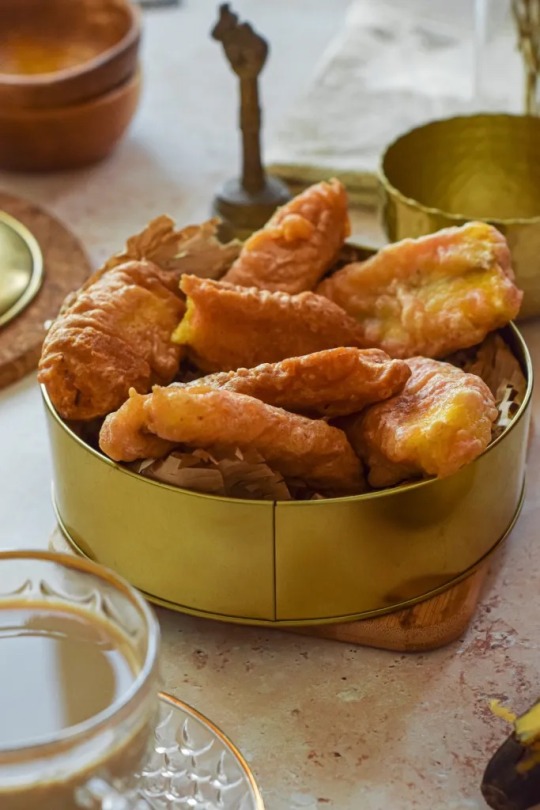
Kerala Pazham Pori - Banana Fritters Recipe
#indian#kerala pazham pori#banana#fritters#recipe#south indian#asian#food#fruit#dessert#fried#annikaeats
205 notes
·
View notes
Text
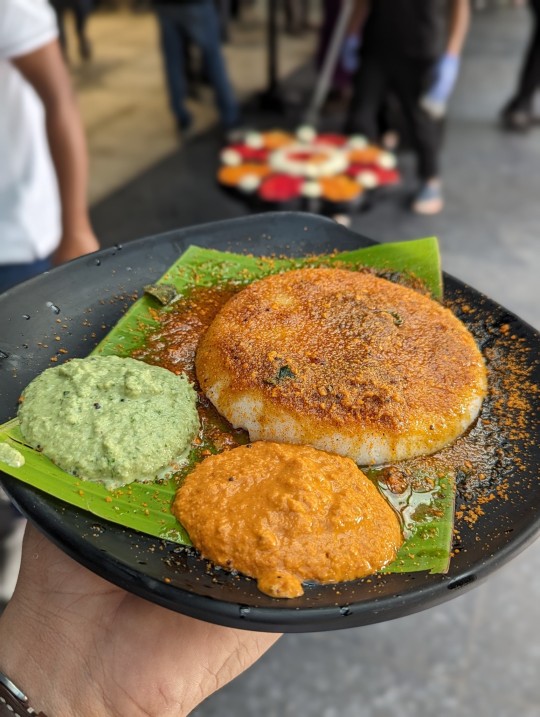


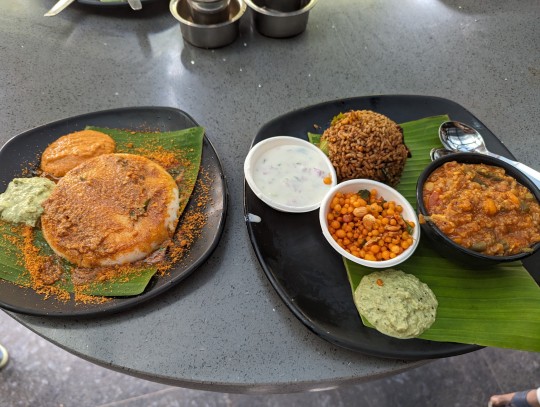
📍 the Rameshwaram cafe, banglore
13 notes
·
View notes
Text



ugadi subhakankshalu ✨
#kollywood#jodhadreams#jodha dreams#bollywood#tamil#tollywood#south indian#sareestyle#sareeblogger#indianwoman#sareenotsorry#traditionalwear#traditional#traditional art#traditional drawing#saree aesthetic#golden aesthetic#retro aesthetic#saree#indian sarees#sareeaddict#sareecollection#sareefashion#sareeoftheday#sareelove#ugadi#ugadi2024
40 notes
·
View notes
Text
I need to know
Please reblog for a bigger sample space thank you!!!
10 notes
·
View notes